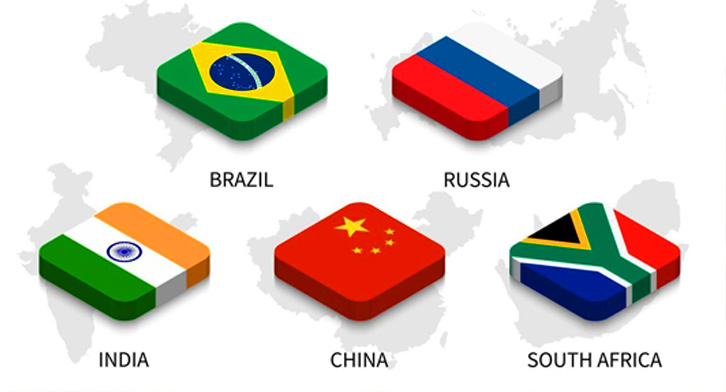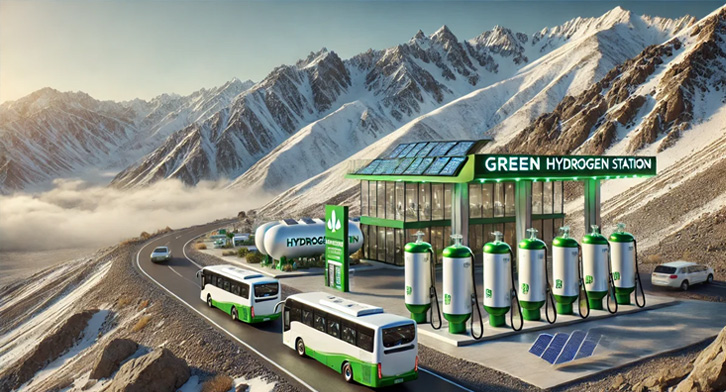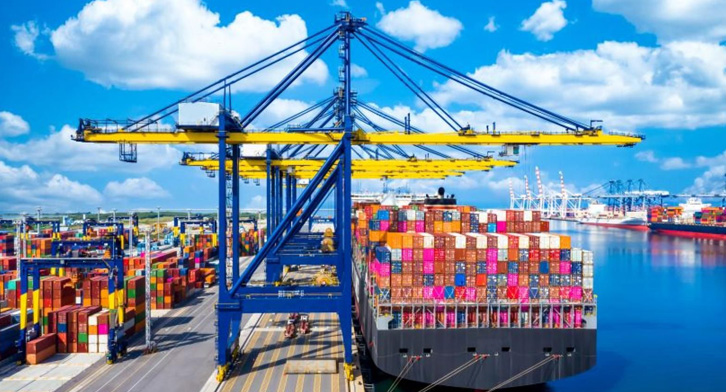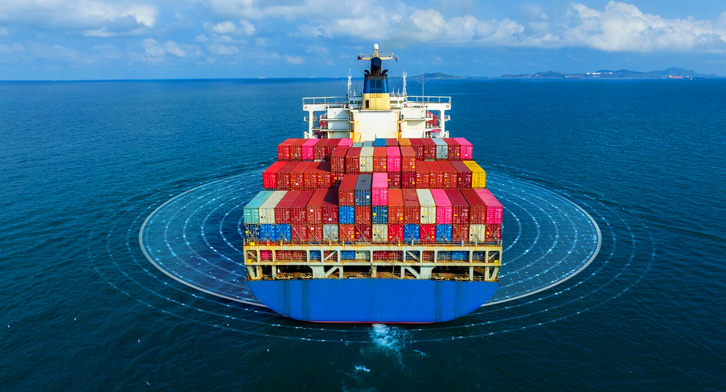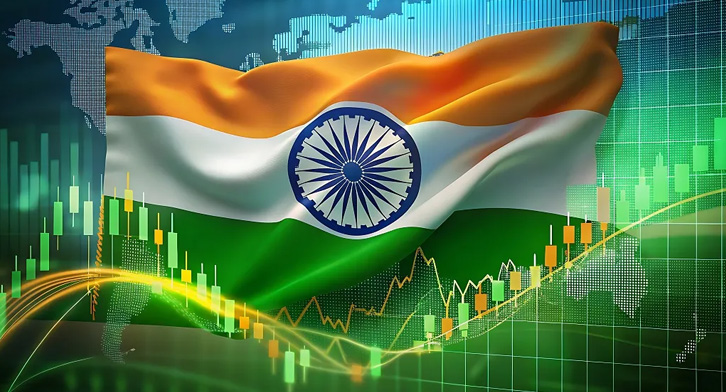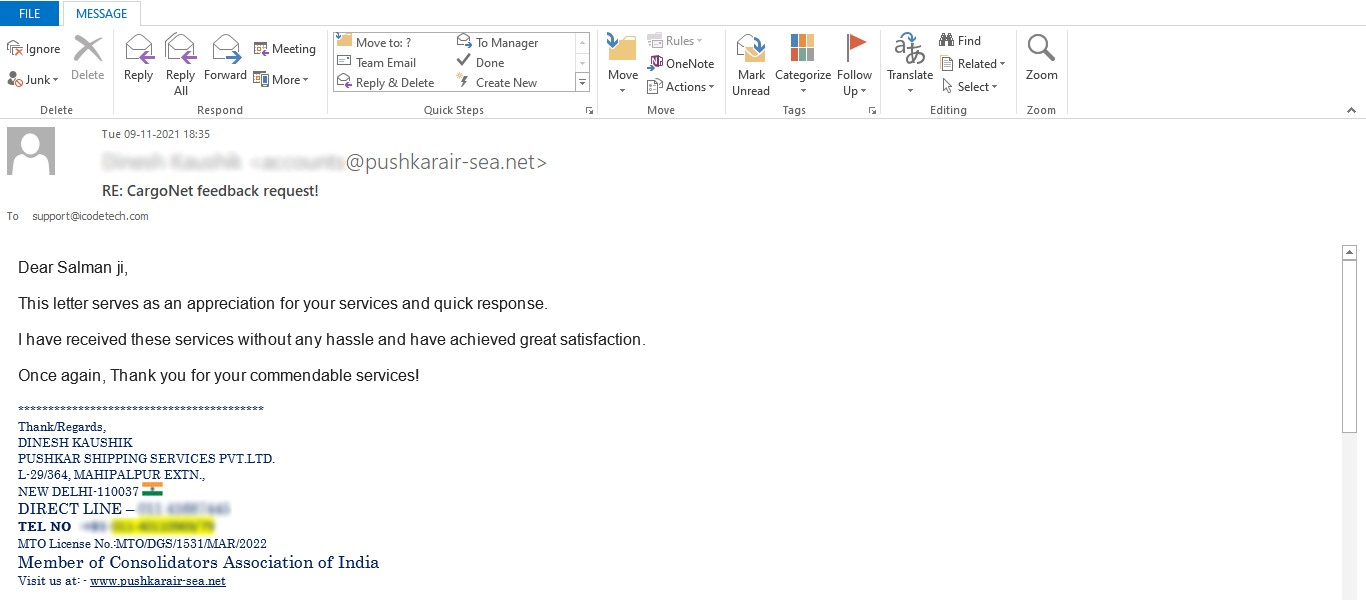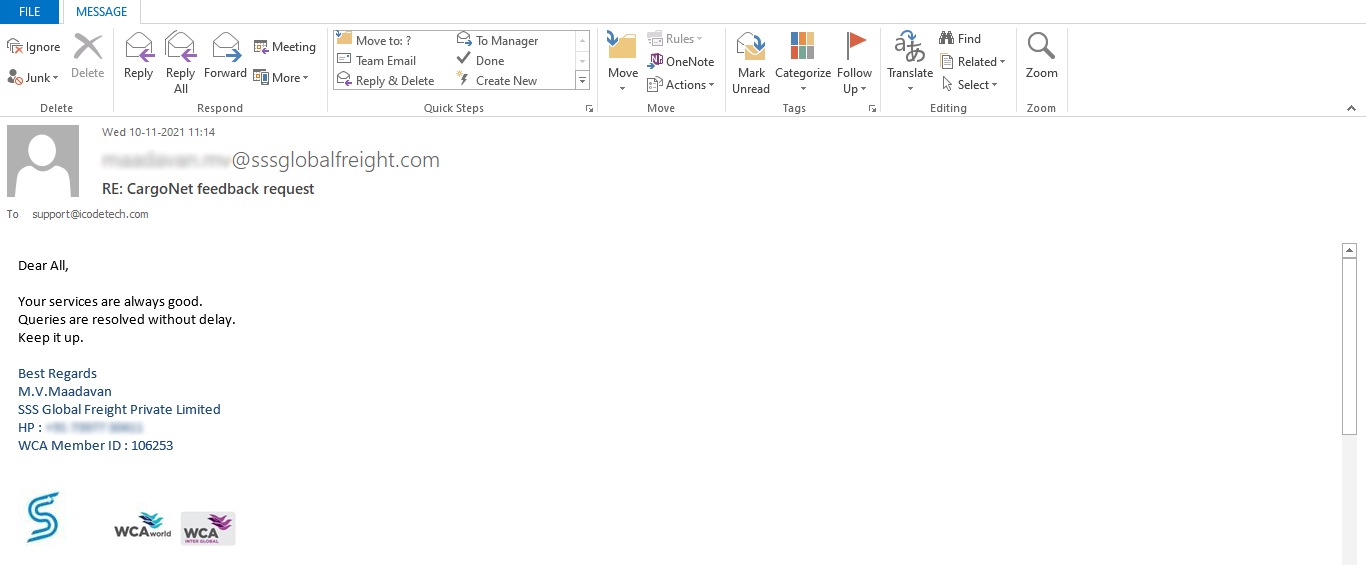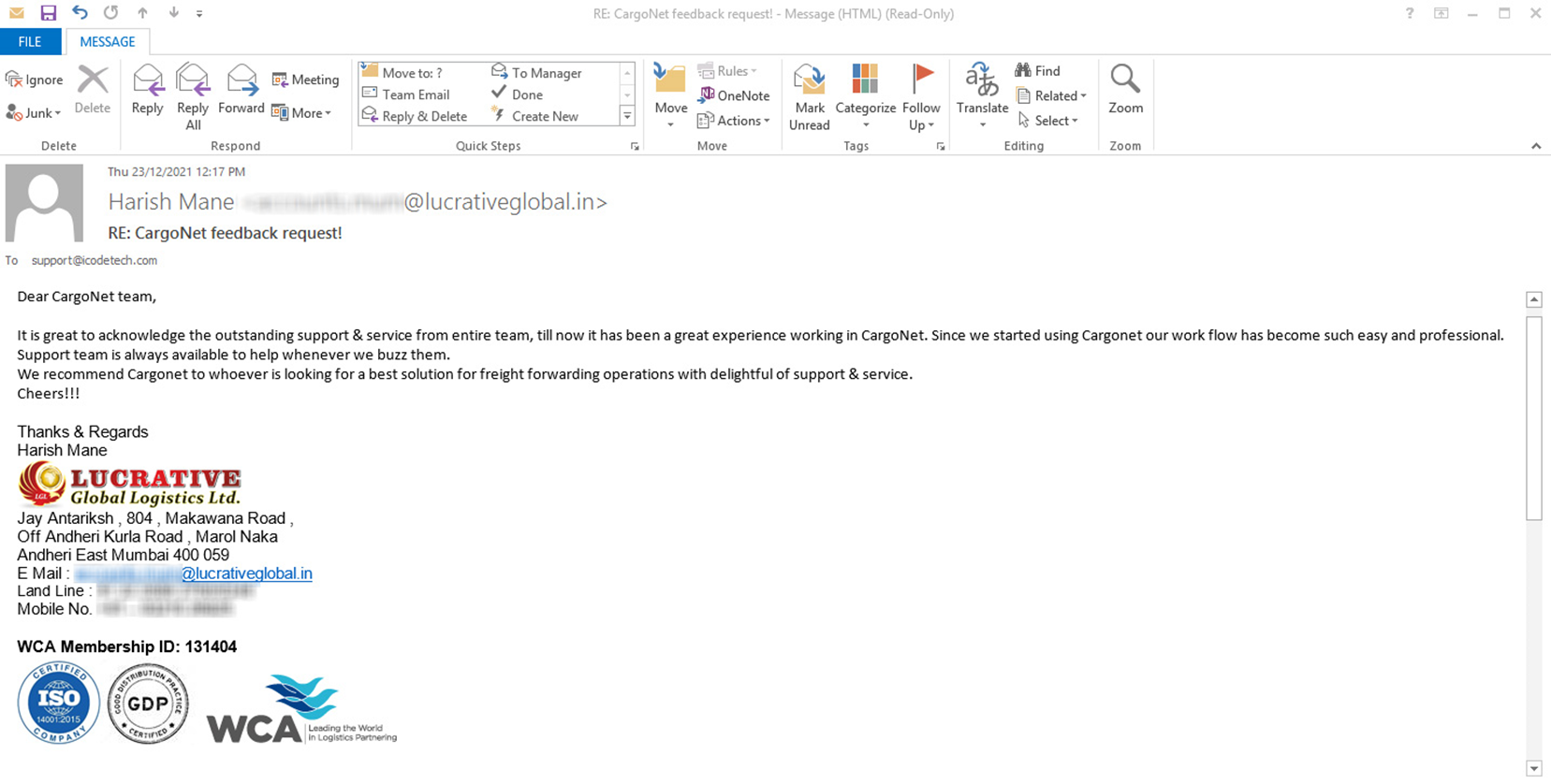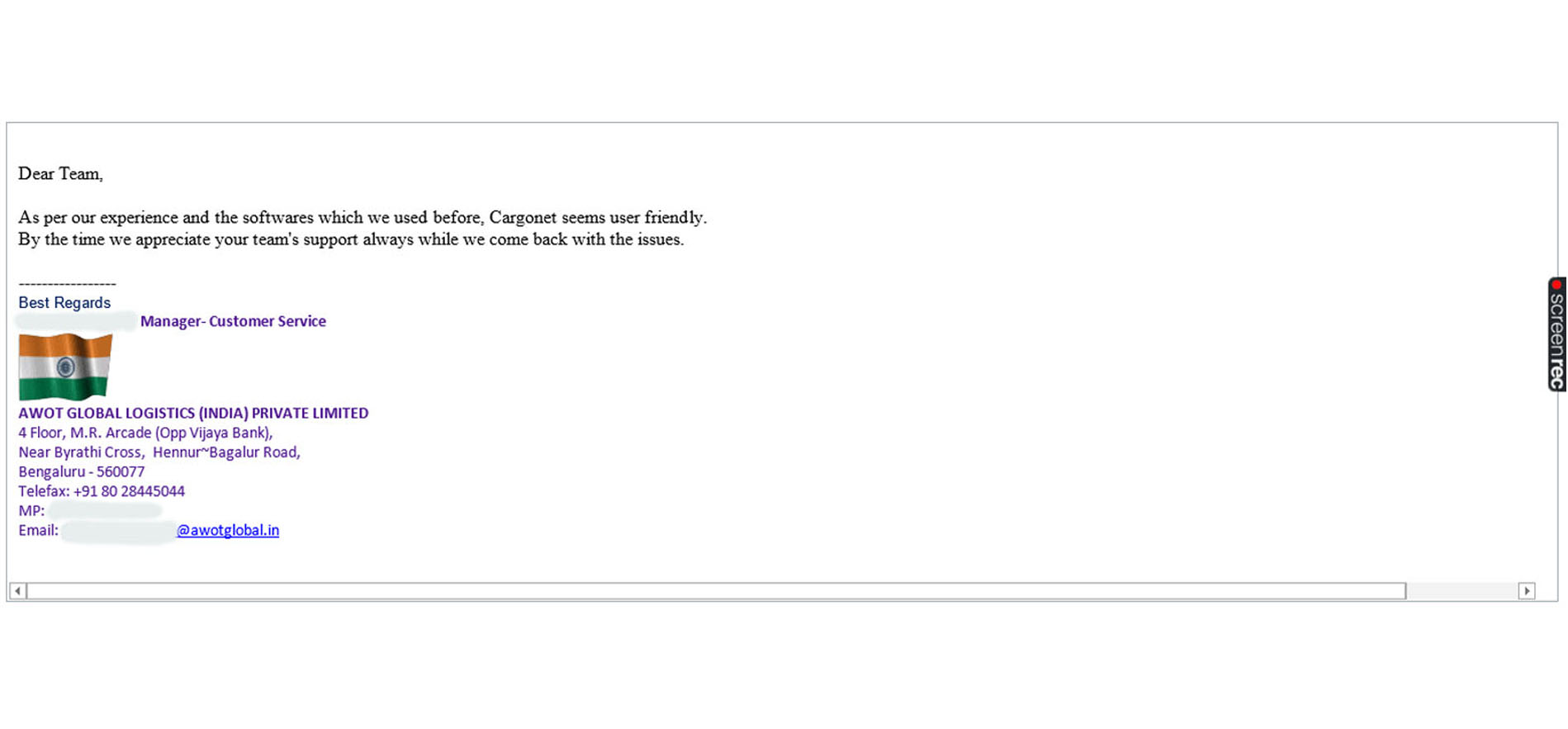India’s trade with the BRICS bloc—Brazil, Russia, India, China, and South Africa—has witnessed a dramatic expansion over the past four years, clocking a total volume of US$ 399 billion in 2024. While this signals strong economic integration, it also underscores a growing trade imbalance that could shape discussions at the ongoing 17th BRICS Summit in Rio de Janeiro, Brazil.
Prime Minister Narendra Modi is attending the summit, where energy dependence and trade asymmetry are expected to be in sharp focus.
Key Highlights
- BRICS trade grows at 20% CAGR (2020–2024), reaching $399 billion in 2024.
-
India’s imports from BRICS: $304 billion
India’s exports to BRICS: $95 billion - Resulting in a $209 billion trade deficit
- Russia-India trade surges:
- CAGR of 81%, driven by oil and fertilizer imports
- Fertilizer imports from Russia up 5x
- Russia, Saudi Arabia & UAE now account for 59% of India’s oil import basket
- China’s share in India’s imports declines
- From 16.6% in 2020 to 13.7% in 2024
- Indicates a slow but visible shift in sourcing strategy
- Export trends:
- Non-oil exports to BRICS: 8% CAGR
- Refined oil product exports: 62% CAGR
- Pharma exports to South Africa soar – now 45% of their pharmaceutical imports come from India
- Other notable exports: telecom gear, auto components
- Overall concern:
- Trade structure remains heavily import-skewed
- Energy security and raw material dependency dominate trade dynamics
- Limited progress in boosting value-added exports
What It Means:
India’s growing BRICS trade reflects strong regional ties and strategic resource access. However, the widening trade gap and over-reliance on energy and raw materials pose long-term risks. As geopolitical and supply chain landscapes evolve, India must pivot toward boosting value-added exports and reducing vulnerability to resource-centric imports.


